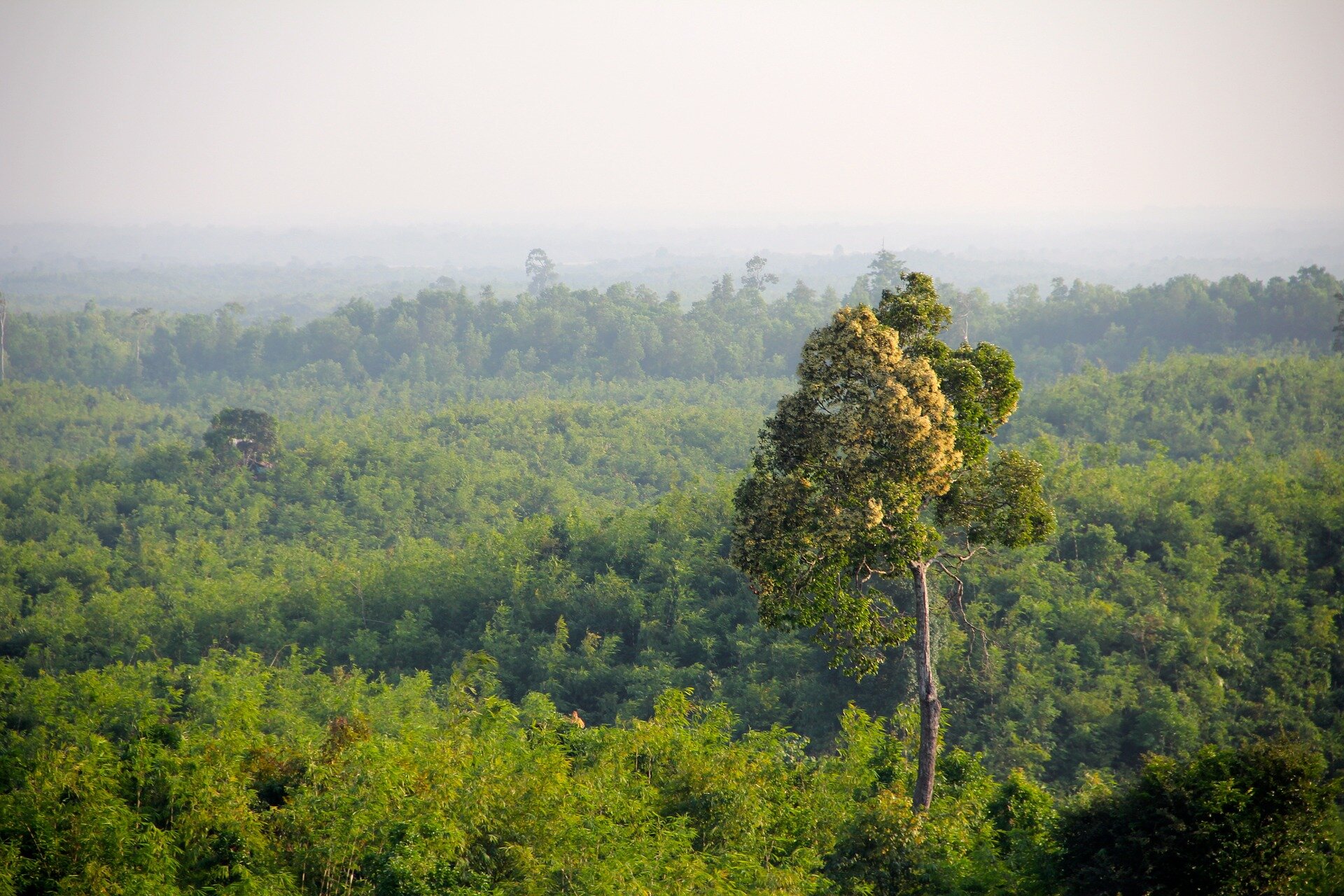Understanding the factors that influence the utilization of habitats by large mammals and their spatial and temporal responses to human disturbances is of utmost importance in wildlife conservation and management. However, our current understanding of these factors is limited for most mammal species.
In a recent study published in the journal Biological Conservation, researchers from the Xishuangbanna Tropical Botanical Garden (XTBG) of the Chinese Academy of Sciences (CAS) aimed to investigate the occupancy of habitats by various mammal species and the potential impact of human presence on their spatial and temporal distribution patterns, particularly in regions where data is scarce.
By utilizing 174 camera traps and conducting a long-term survey from 2015 to 2019, the researchers examined the populations of large mammals both within and outside protected areas in the Northern Mountain Forest Complex (NMFC) of Myanmar.
They analyzed the response of mammal populations to human disturbances, predicted their potential distributions, and identified priority regions for conservation within the poorly understood subtropical forests of Myanmar’s NMFC. Additionally, they investigated the influence of anthropogenic and environmental factors on mammal abundance.
The study revealed that while human presence was not the primary threat to mammal habitat occupancy, it did impact overall mammal abundance and activity patterns. Mammals exhibited temporal avoidance of humans rather than spatial avoidance. Other human-related variables and invisible factors such as proximity to water sources and forest cover, associated with deforestation, significantly influenced mammal habitat occupancy and activity patterns throughout the day.
Furthermore, the prioritization analysis demonstrated the importance of conserving both protected and non-protected areas, particularly in the southeastern region of the current protected area network. “Therefore, the conservation of both protected and non-protected areas is essential for maintaining biodiversity,” stated Prof. Quan Ruichang of XTBG.
The researchers recommended that immediate conservation efforts be focused on the southeastern region outside the current protected area network. To ensure the effectiveness of protected areas and biodiversity conservation in NMFC, community-based conservation strategies should be implemented.
More information:
Ye Htet Lwin et al, “Where do we manage? Uncovering the hidden impact of human presence on mammal conservation in northern Myanmar,” Biological Conservation (2023). DOI: 10.1016/j.biocon.2023.110188
Citation:
“Human presence found to influence overall mammal abundance in northern Myanmar” (2023, July 28)
retrieved 29 July 2023
from https://phys.org/news/2023-07-human-presence-mammal-abundance-northern.html
This document is subject to copyright. Apart from any fair dealing for the purpose of private study or research, no
part may be reproduced without the written permission. The content is provided for information purposes only.
Denial of responsibility! TechCodex is an automatic aggregator of the all world’s media. In each content, the hyperlink to the primary source is specified. All trademarks belong to their rightful owners, and all materials to their authors. For any complaint, please reach us at – [email protected]. We will take necessary action within 24 hours.

Jessica Irvine is a tech enthusiast specializing in gadgets. From smart home devices to cutting-edge electronics, Jessica explores the world of consumer tech, offering readers comprehensive reviews, hands-on experiences, and expert insights into the coolest and most innovative gadgets on the market.


